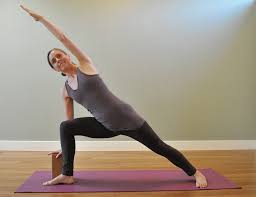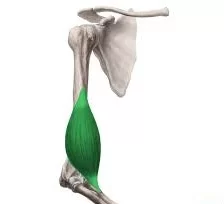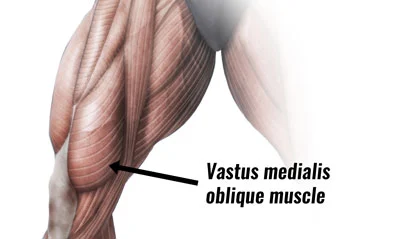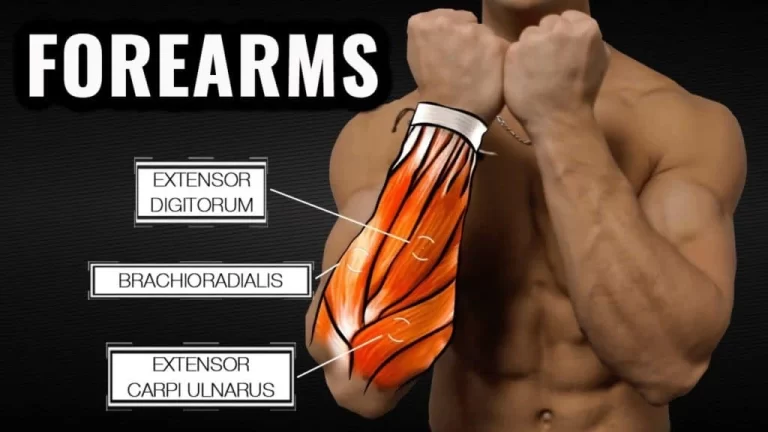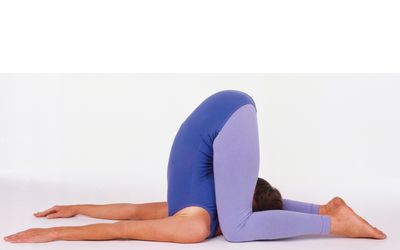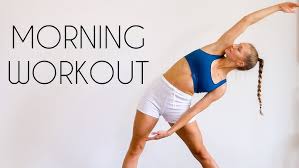Parsvakonasana :
Parsvakonasana :
Utthita Parsvakonasana or Extended Side Angle Pose is an asana. It involves using many essential muscle groups: legs, ankles, groin, chest, lungs, shoulders, spine, and the abdomen.
Description :
The pose is entered from Tadasana; the legs are spread wide apart, the feet are turned out as for Trikonasana and the arms are stretched out sideways. One knee is bent to a right angle and the hand on that side is placed on the floor just behind the foot. The upper arm is then stretched in line with the body straight out, above the ear.
Variations :-
A twisting asana, Parivritta Parsvakonasana (reversed side angle pose), is given by reversing the direction of turn of the thorax. The opposite elbow is brought to the forward knee; this is a useful preparatory pose. In the full pose, the hand is brought to the floor on the outside of the front foot, and the other hand is stretched forwards in line with the body over the head, with the gaze directed upwards.
step :-
Start in mountain pose. Step back with your left foot into warrior stance. Your feet should be one leg distance apart plus one foot. This step is one foot longer than triangle stance.
Your front foot is parallel to the edges of the mat lengthwise. Turn your back foot out so the outside edge of the foot is almost parallel to the back of the mat with the toes on a slight angle forward.
Make sure the knee of the back leg stays in neutral and is facing in the same direction as your toes.
Feel the spine balanced right in between your feet.
As you bend the front knee, ensure that it stays in line with the ankle, but does not extend beyond it.
Ensure your knee does not collapse inward as this puts pressure on the medial ligaments of the knee.
If it is available to you, allow your knee to bend until the front thigh is parallel to the floor.
Lift the torso up and out of the pelvis while bringing the torso in line with your back leg.
Bring your top arm straight up (with the fingertips toward the sky) and the bottom arm straight down (with the fingertips towards the inside of your front foot).
Press down evenly through the balls and heels of the feet to anchor you in the pose.
Lengthen through the crown of the head as you lengthen the sacrum toward the back heel to create traction in the spinal column.
Keep your arms in line with your shoulders as you lift your torso back to a vertical position and return to warrior II. Straighten through the front knee, release the arms to your sides and move your back foot up to meet your front foot in mountain pose.
Benifits :-
Stretches into the side body, oxygenating muscles that are often undernourished, tight and neglected.
Strengthens the knees, legs, hips, ankles and shoulders.
Creates traction for your spine with a slight rotation, which helps to nourish your vertebral discs.
Strengthens:-
Knee, Ankle, Leg.
Stretches:-
Thorax, Vertebral column, Lung, Abdomen, Inguinal region, Knee, Ankle, Shoulder, Leg .
Pose type:-
Standing .
contraindication :-
Modifications might be necessary for those who suffer from leg, knee, ankle, or foot pain.
Modifications may be necessary for Vertigo or other balance-related issues.

